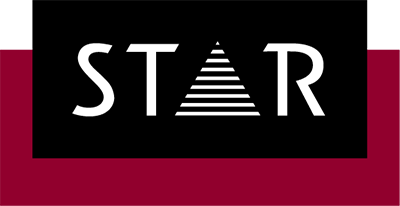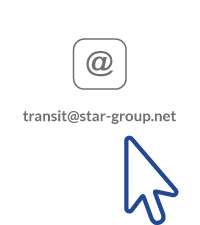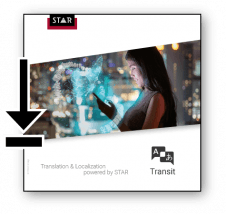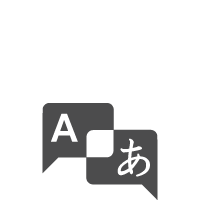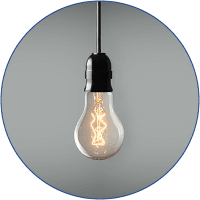Conquer new markets quicker
The use of translation memory technology is indispensable for a competitive translation process. Existing, verified translation results are used for new translations and subsequent projects. The translator can consequently focus on what is truly new; the remainder of the work is undertaken by the system. This reduces expenditure in terms of both time and costs, while also improving the quality and consistency of the text in the target language.
Transit has been a successful contender on the market for over 30 years, maintaining a decisive step ahead of the current trends on the translation market as the best in its class. With powerful functions, user-oriented support, an ambitious development roadmap and potential for improvement emerging from the Transit user groups, we ensure that it will continue to maintain its leading position in future.
Transit explained in brief
Benefits at a glance
- Lower cost and time expenditures for translation and localization
- Quicker return on investment
- A work platform for all translation and localization tasks in all formats and languages
- Maintain control over results from translations and terminology work
- Support for standards and exchange formats (e.g. for project packages from SDL Trados, SDL WorldServer and MemoQ, XLIFF, etc.)
- Flexible licensing models (on-site, floating, time-limited, IaaS, SaaS)
- Worldwide support organization (first-, second- and third-level)
For project managers
- Flexible translation memory (multi-format, multilingual, multi-directional)
- Terminology and translation in a single project
- Detailed check options and extensive quality reports, segment-specific revision tracking
- Efficiency through template-controlled batch processes, multistage pretranslation and integrated MT interfaces
For translators
- High translation quality through context and terminology that is available at any time
- Morphological support in over 80 languages and language variants
- Intuitive tag handling thanks to intelligent markup methods
- Dual concordance search in both source and target languages
- Synchronized layout previews for all project types
- Translation suggestions from TM and MT in the same editor
- Speech-to-text (Dragon Dictate)
